European Central Bank (ECB): President, tasks, foundation - all information
Created: 05/23/2022, 16:22
European Central Bank in Frankfurt © photo booth / Friday / IMAGO
A stable price policy in the euro area is the primary task of the European Central Bank (ECB).
Although it has formal EU institution status, it is independent and has a separate budget.
Frankfurt am Main – The European Central Bank has been based in Frankfurt am Main since it was founded, and at a new location in the Ostend district since 2018.
In particular, the financial institution is responsible for ensuring price stability in the euro area.
European Central Bank: Background and history of the ECB
The founding of the European Central Bank in 1998 became necessary against the background of the common euro currency.
The history goes back much further.
In 1951, the European Coal and Steel Community (ECSC, popularly known as the Montanunion) was the first trade association of what was then the European Community to be founded.
Another milestone was the Treaty of Rome in 1957, which, among other things, decided to create a European Economic Community.
At that time, the respective currency was valid in all participating countries.
A common European means of payment was discussed from the 1970s, but it was not actually launched until the 1990s.
The Treaty on European Union adopted in 1992 also included the "Protocol on the Statute of the European System of Central Banks and the European Central Bank" and the "Protocol on the Statute of the European Monetary Institute".
ECB: monetary union and founding of the European Central Bank
From 1992, monetary union was carried out in three stages.
In a first step, the central bank governors of the individual countries were given new powers.
Even then, the goal was price stability.
This year, the tasks of the ECB were also laid down in the Maastricht Treaty – the successor document to the Treaty of Rome.
With the founding of the European Monetary Institute (EMI) in January 1994, phase two of the common European currency began.
The European Central Bank was founded on June 1, 1998 as the successor to the EMI.
Their goals were to bring stability and confidence to the monetary policy of the European Union and the euro.
Since then, the ECB has acted as the common monetary authority for all eurozone member states.
As one of its first official acts, the ECB carried out the third and final stage of monetary union at the beginning of 1999: the unification of monetary policy.
It culminated in the introduction of the euro as official currency on January 1, 2002.
also read
Pensions are increasing: You will get so much more from July 2022
Pensioners, families and trainees: Now there's money from the state
European Central Bank (ECB): Differentiation from the European System of Central Banks (ESCB)
The founding of the European Central Bank created the European System of Central Banks (ESCB).
This includes all central banks of the current (May 2022) 27 EU countries, regardless of whether they are members of the eurozone.
The ESCB determines the monetary policy of all EU countries, carries out foreign exchange transactions and manages the currency reserves.
The tasks of the ESCB also include ensuring smooth payment transactions and banking supervision to ensure financial market stability.
This sets it apart from the ECB in that it is only responsible for countries in which the euro is used as a means of payment.
European Central Bank (ECB): Tasks
The European Central Bank is responsible for managing the monetary policy not just of a country, but of a community of states.
In order to maintain stability in the euro zone, the value of the euro in particular should be kept at a constant level.
In addition, a balanced economic development is the focus of activities.
This is to prevent a recession, a downturn in the economy.
The ECB regulates both goals – the stability of the euro and a positive economy – by determining the key interest rate.
This determines the conditions under which commercial banks can obtain money from a central or central bank.
Since the founding of the ECB, the key interest rate has fallen continuously.
Since March 16, 2016, it has been zero percent.
The current ECB President Christine Lagarde indicated, among other things, to Deutsche Welle in May 2022 that interest rates would rise in July of the same year.
These are all the tasks of the European Central Bank at a glance:
define and implement the monetary policy of the euro zone
foreign exchange transactions
ensure functioning payment systems
issue euro banknotes
set the prime rate
manage the currency reserves of the euro member states
ensure stable prices in the eurozone
European Central Bank (ECB): monetary policy
The overarching goal of the European Central Bank's monetary policy is stable prices.
They ensure economic growth and help create jobs.
The basis for this is a low inflation rate.
The term inflation describes how the prices of goods and services change overall over time.
Ideally, this rate remains low.
The ECB is aiming for an inflation rate of two percent in the medium term.
To achieve this, the ECB uses several tools: One of them is setting the key interest rate.
Until the global financial crisis in 2008, this represented the core of the ECB's monetary policy. After 2008, the range of instruments was expanded.
Since then, the following strategies should also stabilize prices in the euro area:
Banks grant as many loans as necessary at a fixed interest rate
Set negative interest rates to allow banks to offer consumer credit at attractive rates
long-term loans to banks on condition that they on-lend the money to consumers and businesses
Purchase of private and public facilities
The additional funds are intended to give the ECB more room for maneuver in order to counteract high inflation rates and, in the worst case, a recession.
European Central Bank (ECB): President since inception
When the European Central Bank was founded, the Dutchman Wim Duisenberg took over the office of President.
He acts as Chairman of the ECB Executive Board and represents the Central Bank in public.
The following people succeeded them:
Jean Claude Trichet: 2003 to 2011
Mario Draghi: 2011 to 2019
Christine Lagarde: since 2019
The President of the ECB is elected by the European Council.
The body brings together the heads of state and government of all the states of the European Union.
A term of office of eight years without the possibility of re-election is envisaged.
The first president, Wim Duisenberg, already announced when he was elected that he would probably not be available for the entire term of office.
His successor Trichet was up for election as a competitor in 1998.
He took office on November 1, 2003.
Executive Board and Governing Council of the European Central Bank
The Governing Board of the ECB is responsible for implementing the decisions formulated in the meetings of the Governing Council, which are usually held every 14 days.
More specifically, he instructs the national central banks to enforce these decisions.
Since November 1, 2019, the Executive Board of the ECB consists of the following people:
ECB President Christine Lagarde
ECB Vice President Luis de Guindos
Fabio Panetta
Frank Elderson
Isabel Schnabel
Philip R Lane
The supreme decision-making body of the European Central Bank is the Governing Council.
It is made up of the Governing Board and the governors of the national central banks of the euro countries.
As of February 2022, apart from the Board of Directors, the Council consisted of the following people:
Pierre Wunsch (Belgium)
Joachim Nagel (Germany)
Madis Müller (Estonia)
Gabriel Makhlouf (Ireland)
Yannis Stournaras (Greece)
Pablo Hernandez de Cos (Spain)
Francois Villeroy de Galhau (France)
Ignazio Visco (Italy)
Constantinos Herodotou (Cyprus)
Mārtiņš Kazāks (Latvia)
Gediminas Šimkus (Lithuania)
Gaston Reinesch (Luxembourg)
Edward Scicluna (Malta)
Klaas Knot (Netherlands)
Robert Holzmann (Austria)
Mario Centeno (Portugal)
Boštjan Vasle (Slovenia)
Peter Kazimír (Slovakia)
Olli Rehn (Finland)
The Council of the European Central Bank – not to be confused with the European Council – determines in particular the guidelines for monetary policy and the level of the key interest rate.
In addition, it is responsible for the provision of central bank money.
The resolutions are usually passed confidentially.
Publication can be made possible by a vote of the Council.


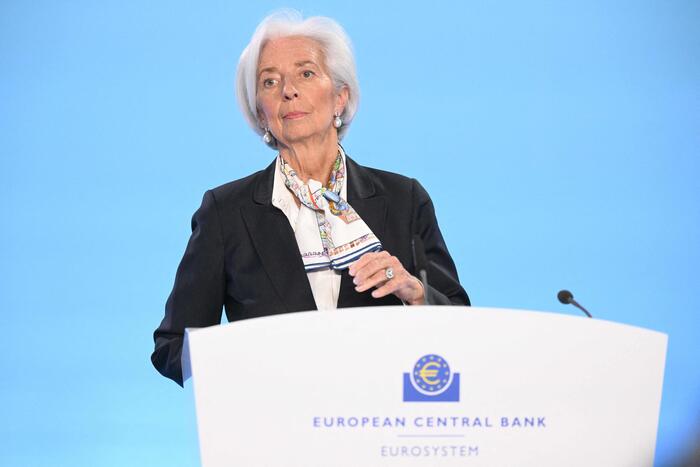


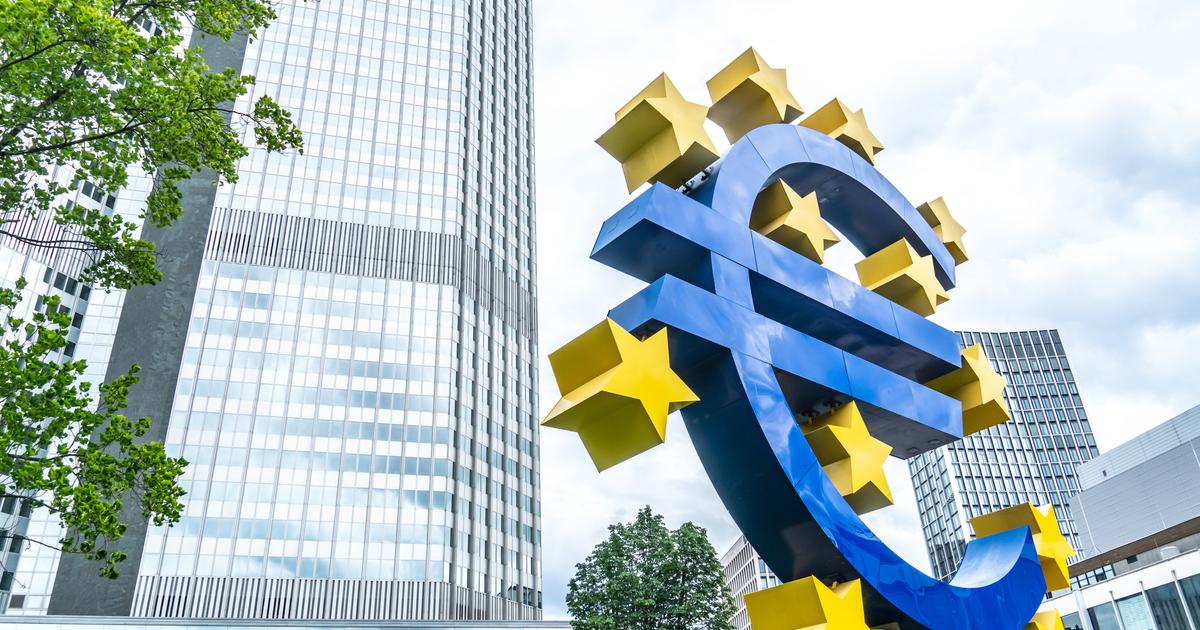
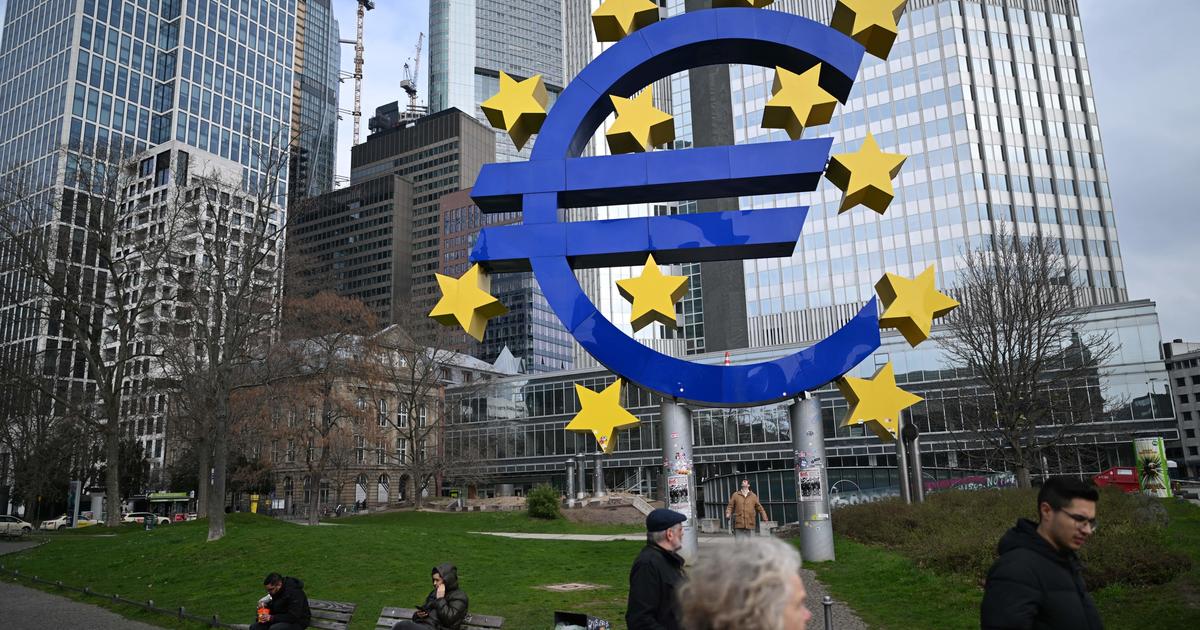
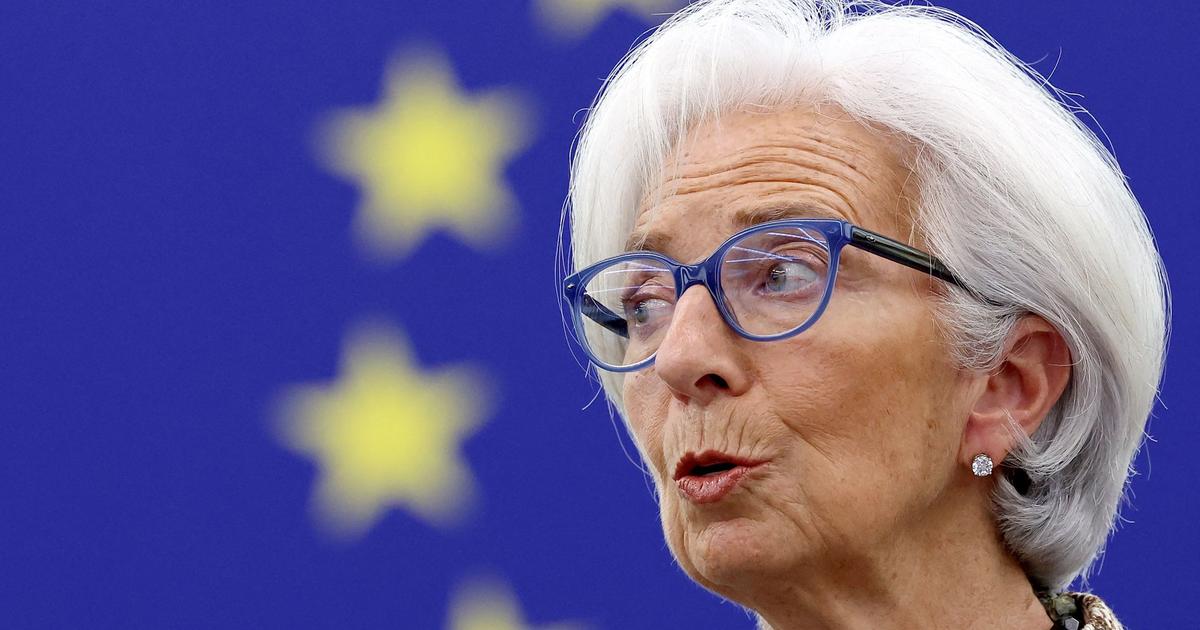
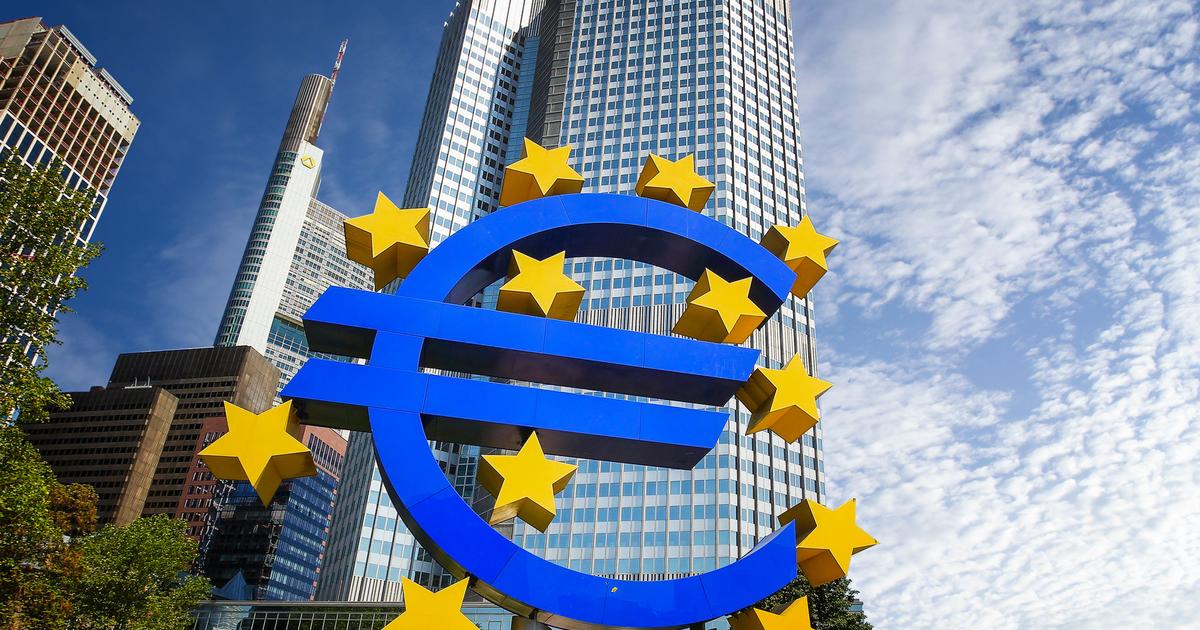
/cloudfront-eu-central-1.images.arcpublishing.com/prisa/C3LDLHDAXBBCFCHWBPELHN64FU.jpg)